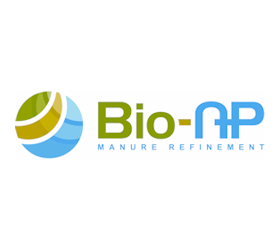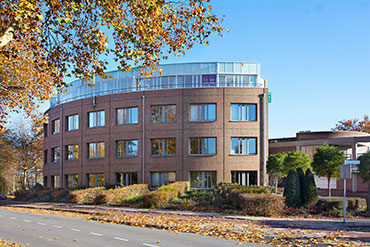In the Netherlands there is currently a lot of discussion about nitrogen emissions in livestock farming. This often includes calls for less cattle. In this blog, we look specifically at whether fewer cows is the only solution in dairy farms or if there are also other possibilities.
Nitrogen causes fertilization and affects the biodiversity in nature. Steps were taken between 1990 and 2010, resulting in a significant drop in nitrogen emissions. Figures of RIVM (the Dutch national institute for health and environment) of the past eight years show no further decline. It also appears that agriculture has the largest share of emissions with 60% of domestic production and 40% of total emissions. The majority of the emission consists of ammonia.
The reduction in the past was mainly achieved through using manure on the land in a low-emission way. Now there is mainly a profit to be made in adjusting the stables. Depending on the type of stable used, it is possible to achieve a 50% reduction in emissions in the stable. This is a significant reduction because the manure, including the storage thereof, is responsible for about half of the total ammonia emissions of agriculture. Dairy farming accounts for half of the total emissions of agriculture in 2016 with 54 kilotonnes.
Adjusting the stable is a good first step. But just this does not lead to extra gainings for the farmer. However, this is possible when done in combination with fermentation. When the manure is fermented in a biogas plant, a farmer creates an extra source of income from the manure by selling sustainable energy, biogas. According to research of the Wageningen University and Research Center (WUR), the fermentation of fresh manure leads to an ammonia reduction of 11%. In this way sustainable energy is generated and ammonia emissions are reduced. A good example of this is the biogas hub in Noord Deurningen in the Netherland, where this is collectively being done by six dairy farmers.
The application of these solutions on the stable in combination with fermentation is unfortunately not sufficient to solve the nitrogen problems of Dutch agriculture. Although the emission in the stables are reduced, the emission when the manure is applied on land remains the same or even increases. However, this emission can be reduced by using a nitrogen stripper. Examples include the CCS Bio-NP at Hans Nijkamp in Bathmen or the installation of Jumpstart (Friesland Campina initiative) at Jack van Poppel in Brabant. These plants produce fertilizer from manure in the form of ammonium sulphate. Based on the research by WUR, we can deduce that the fermentation of fresh manure and the stripping of the thin manure fraction leads to a reduction of between 40 and 50% of the total nitrogen emissions.
The combination of fermentation and the use of a nitrogen stripper can break the current deadlock in the field of nitrogen emission. Compared to a traditional dairy farm, emissions are almost halved. We are still going to carry out our calculations for pig farms but the savings are expected to be lower because an air washer is usually present at a pig farm.
Major steps can be taken towards a sustainable livestock farming, in which the farmer also produces biogas that can also be used as a substitue for natural gas.
The first pilots have been built. Now on to the big rollout which can be accelerated when the government supports these options financially.

The nitrogen stripper of CCS
About this article
1 October 2019 / Author: Dr. Ir. René Cornelissen


